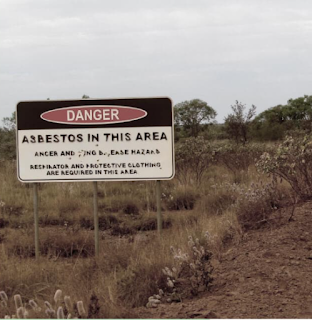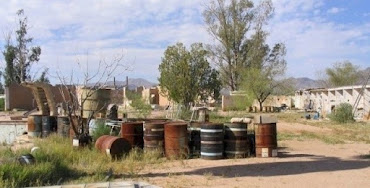When it comes to environmental management and
remediation, New South Wales (NSW) in Australia is at the forefront,
implementing stringent regulations and guidelines to ensure the protection of
its natural resources and communities.
Understanding Detailed Site Investigation
Before any remediation efforts can commence, it
is essential to conduct a Detailed
Site Investigation NSW.
This investigative process involves a thorough examination of the site to
assess the extent of contamination, identify potential risks to human health
and the environment, and gather essential data necessary for developing an
effective remediation strategy.
DSI typically includes various techniques such
as soil and groundwater sampling, geophysical surveys, and the analysis of
historical site data. These methods help environmental consultants and
engineers gain a comprehensive understanding of the site's environmental
condition, enabling them to make informed decisions regarding remedial actions.
 |
| Detailed Site Investigation NSW |
Key Objectives of this investigation-
- Identifying
contaminants -
DSI aims to identify the types and concentrations of contaminants present
in soil, groundwater, and surface water at the site. This information is
crucial for determining the appropriate remediation technologies and
strategies.
- Assessing
environmental risks - By evaluating the extent and severity of contamination, DSI helps
assess the potential risks posed to human health, wildlife, and
ecosystems. This risk assessment forms the basis for developing remedial
goals and prioritizing cleanup efforts.
- Characterizing
site conditions – The Detailed Site Investigation NSW provides valuable insights into the
geological, hydrological, and hydrogeological characteristics of the site,
including factors such as soil types, groundwater flow patterns, and
aquifer properties. This information is essential for designing effective
remediation systems and predicting the behavior of contaminants over time.
- Compliance
with regulations - Conducting a DSI is often a regulatory requirement in NSW for
sites undergoing remediation. Compliance with relevant environmental
regulations and guidelines ensures that remediation activities are
conducted responsibly and in accordance with best practices.
Developing a Remedial Action Plan
Once the DSI is complete and the extent of
contamination is thoroughly understood, the next step is to develop a Remedial Action Plan NSW. The RAP
outlines the specific remediation objectives, strategies, and techniques to be
employed to mitigate environmental risks and restore the site to an acceptable
condition.
Key Components of a Remedial Action Plan-
- Remedial
Objectives-
Clearly defined goals and targets for cleanup efforts, including
quantitative criteria for contaminant removal or reduction.
- Remediation
Technologies-
Identification and evaluation of appropriate remediation technologies
based on site-specific conditions, such as excavation and disposal,
in-situ treatment, bioremediation, or chemical oxidation.
- Implementation
Plan- Detailed
schedule and timeline for implementing remedial actions, including site
preparation, equipment mobilization, and monitoring activities.
- Risk
Management Strategies- Measures to mitigate potential risks associated with remediation
activities, such as worker safety protocols, dust and erosion control, and
emergency response procedures.





